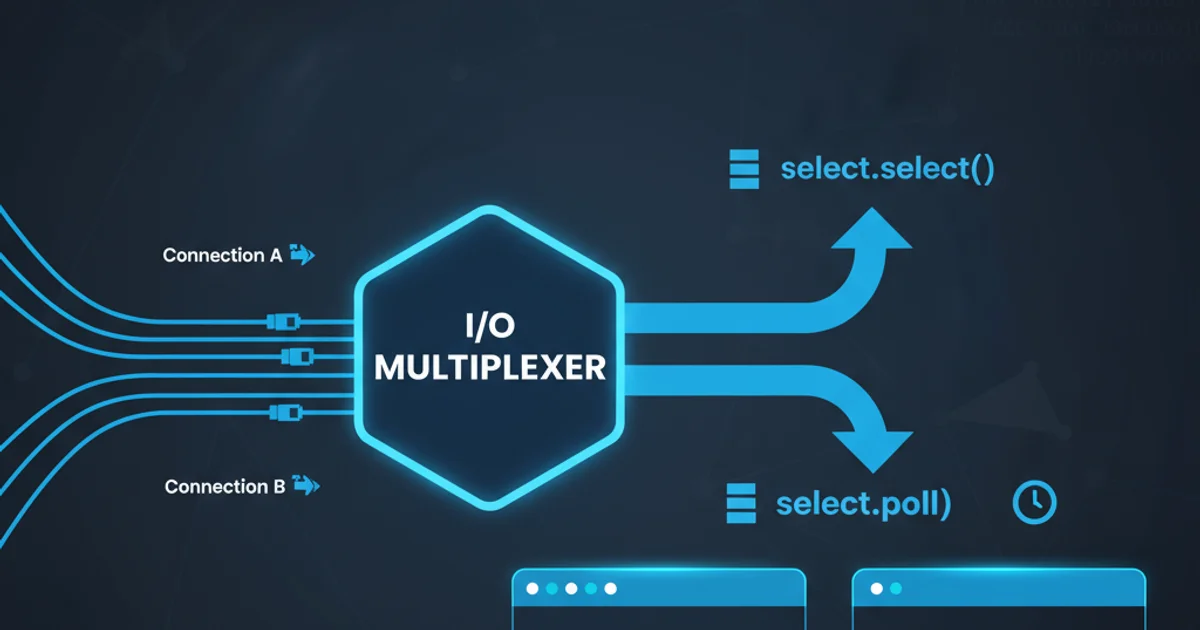Why is the connectionUri different in WSManConnectionInfo object for exchange and windows?
Categories:
Understanding WSManConnectionInfo Differences: Exchange vs. Windows PowerShell

Explore why connection URIs for WSManConnectionInfo objects differ between Exchange and standard Windows PowerShell, and how to correctly establish remote sessions.
When working with PowerShell remoting, particularly in environments involving Microsoft Exchange Server, you might notice that the ConnectionUri property within a WSManConnectionInfo object varies significantly compared to standard Windows PowerShell remoting. This difference is not arbitrary; it stems from how Exchange implements its remote management capabilities over Windows Remote Management (WinRM). Understanding these distinctions is crucial for successfully connecting to and managing Exchange servers remotely.
The Fundamentals of PowerShell Remoting and WinRM
PowerShell remoting relies on WinRM, Microsoft's implementation of the WS-Management protocol. WinRM provides a standardized way for systems to communicate and exchange management data. When you establish a remote PowerShell session, you're essentially connecting to a WinRM endpoint on the target machine. This endpoint is configured to listen for incoming connections and route them to the appropriate PowerShell session host process.
flowchart TD
A[Client PowerShell] --> B{WSManConnectionInfo}
B --> C[WinRM Client]
C --> D[HTTP/HTTPS]
D --> E[WinRM Listener (Server)]
E --> F[PowerShell Session Host]
F --> G[Remote PowerShell Session]Standard PowerShell Remoting Flow
Standard Windows PowerShell Remoting ConnectionUri
For typical Windows PowerShell remoting, the ConnectionUri usually points directly to the WinRM service endpoint on the target machine. This often takes the form of http://<ComputerName>:5985/wsman or https://<ComputerName>:5986/wsman, where 5985 is the default HTTP port and 5986 is the default HTTPS port for WinRM. The /wsman path is the default WinRM endpoint for general management.
$sessionOptions = New-PSSessionOption -SkipCACheck -SkipCNCheck
$cred = Get-Credential
$wsman = New-Object -TypeName System.Management.Automation.Runspaces.WSManConnectionInfo -ArgumentList 'http://Server01:5985/wsman'
$wsman.Credential = $cred
# Example of creating a PSSession using the WSManConnectionInfo object
$session = New-PSSession -ConnectionUri $wsman.ConnectionUri -Credential $cred -SessionOption $sessionOptions
Example of a standard Windows PowerShell WSManConnectionInfo object.
Exchange PowerShell Remoting ConnectionUri
Exchange Server, however, introduces its own layer of abstraction over WinRM. Instead of connecting directly to the generic /wsman endpoint, Exchange utilizes a specific virtual directory within IIS (Internet Information Services) to handle PowerShell remoting requests. This virtual directory, typically named PowerShell, acts as a proxy, authenticating users and then forwarding their requests to the appropriate Exchange backend. This is why the ConnectionUri for Exchange often looks like http://<ExchangeServer>/PowerShell?serializationLevel=Full or https://<ExchangeServer>/PowerShell?serializationLevel=Full.
flowchart TD
A[Client PowerShell] --> B{WSManConnectionInfo}
B --> C[WinRM Client]
C --> D[HTTP/HTTPS]
D --> E[IIS (Exchange Server)]
E --> F[PowerShell Virtual Directory]
F --> G[Exchange Backend (PowerShell Host)]
G --> H[Remote Exchange Session]Exchange PowerShell Remoting Flow
?serializationLevel=Full parameter in the Exchange ConnectionUri ensures that all object properties are serialized and sent back to the client, which is crucial for working with complex Exchange objects.$sessionOptions = New-PSSessionOption -SkipCACheck -SkipCNCheck
$cred = Get-Credential
$wsman = New-Object -TypeName System.Management.Automation.Runspaces.WSManConnectionInfo -ArgumentList 'https://mail.contoso.com/PowerShell?serializationLevel=Full'
$wsman.Credential = $cred
# Example of creating a PSSession to Exchange using the WSManConnectionInfo object
$session = New-PSSession -ConnectionUri $wsman.ConnectionUri -Credential $cred -SessionOption $sessionOptions
Example of an Exchange PowerShell WSManConnectionInfo object.
Why the Difference? Security and Management
The primary reasons for this architectural difference are security and specialized management. By routing PowerShell remoting through IIS, Exchange can leverage IIS's robust authentication mechanisms (like Windows Integrated Authentication, Basic, or Certificate-based authentication) and its ability to handle web traffic. This also allows Exchange to provide a dedicated endpoint that is specifically configured for Exchange management, ensuring that only authorized users can execute Exchange-specific cmdlets and that the session is properly initialized with the necessary Exchange modules and runspaces. This separation also helps in load balancing and high availability scenarios for Exchange management.